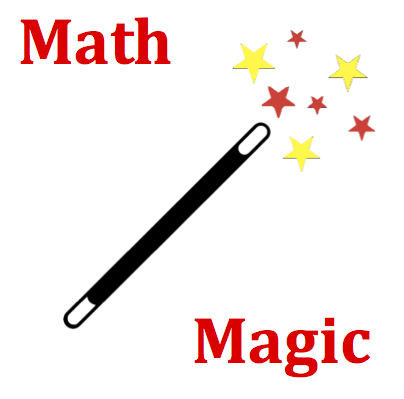Hold down the T key for 3 seconds to activate the audio accessibility mode, at which point you can click the K key to pause and resume audio. Useful for the Check Your Understanding and See Answers.
Mission VP6 Relative Velocity and River Boats - Question Group 9 Help

A boat begins on the west side of a river and heads straight EAST across the river with a speed of 3.7 m/s (relative to the water). The river water flows SOUTH at a speed of 1.8 m/s (relative to the shore). The resultant velocity of the boat (relative to the shore) is ... .
(Note: Numbers are randomized numbers and likely different from the numbers listed here.)

A riverboat heading straight across a river involves two simultaneous motions. There is the motion of the boat relative to the water that is directed perpendicular to the banks and powered by the motor of the boat. And there is the motion of the water relative to the shore that is directed parallel to the river's banks and powered by the presence of the current. The velocities at which these two motions take place is described in this question. The resultant velocity is simply the vector sum of these two velocities. The first step to answering this question involves sketching a vector addition diagram in which you add the boat velocity and the river velocity head-to-tail. The resultant velocity will this stretch from the tail of the boat velocity (if drawn first) to the arrowhead of the river velocity. This resultant velocity will be a vector directed south and east (or south and west, depending on the direction of the river velocity.)
Since one velocity is south and the other velocity is east (or west), determining the magnitude of the resultant will involve the use of the Pythagorean theorem (see Math Magic section). Determining the direction of the resultant will involve the use of SOH CAH TOA (see Math Magic section below) to determine the angle within the velocity triangle which you have sketched. Once the angle is determined, use the counterclockwise from east convention (see Dictionary section) to determine the direction.

The direction of a vector is often expressed using the counterclockwise (CCW) convention. According to this convention, the direction of a vector is the number of degrees of rotation which the vector makes counterclockwise from East.

The trigonometric functions sine, cosine and tangent can be used to express the relationship between the angle of a right triangle and the lengths of the adjacent side, opposite side and hypotenuse. The meaning of the three functions are:
cosine Theta= (length of adjacent side / length of hypotenuse)
tangent Theta= (length of opposite side / length of adjacent side)
Pythagorean Theorem
When two vectors which make a right angle to each other are added together, the resultant vector is the hypotenuse of a right triangle. The Pythagorean theorem can be used to calculate the magnitude of the resultant. If the right triangle has sides with lengths of x and y, then the length of the hypotenuse is the square root of the sum of the squares of the sides. That is,
